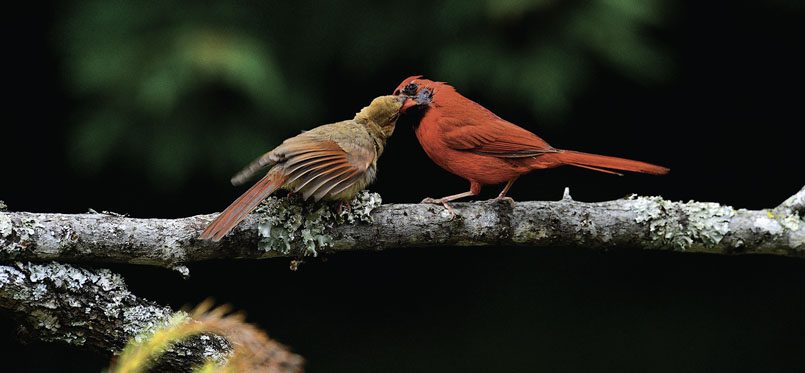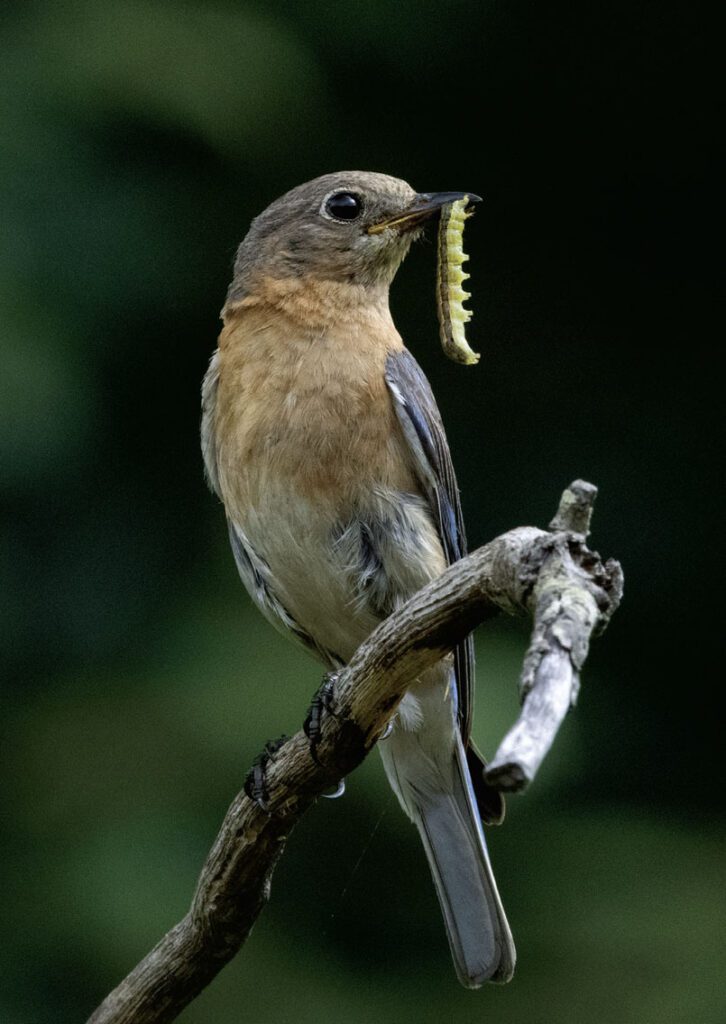31 Dec 2021 A day that’s sure to be for the birds
By Walter Dube
The significance for observing a National Bird Day is to help us appreciate and celebrate our ever-present feathered friends. So much of the respect and admiration that these avian creatures deserve seems to escape us or is blatantly disregarded by our commercial, busy, and preoccupied lifestyle.
Perhaps now the time has come for us to take a step back for nature’s sake. It’s time that we consider exercising a more proactive and responsible stewardship toward the conservation of these gorgeous and vivacious creatures with which our Creator has endowed this amazing planet we call Earth.

The caution flag regarding a diminishing bird population is out. In September 2019, the journal Science published the results of a comprehensive study, which revealed that the population of breeding birds in the U.S. and Canada has declined by 29% (a loss of 3 billion birds) since 1970. Should this trend prevail, it is projected that, by 2080, 12% of the current wild bird species would face extinction. This means that approximately 100 of America’s 850 bird species would meet the fate of Arkansas’ ivory-billed woodpecker. These startling statistics should capture our attention and make the observance of National Bird Day infinitely more urgent and intentional.
The profound influence that the world of birds has had on the world of humanity cannot be overlooked. Birds throughout history have played an incredibly inspirational role in literature and media of every genre, in poetry and prose, in movies and artistic imagery, in spiritual and biblical metaphors and cultural folklore, as well as in musical themes, song and spiritual hymns. I suspect you can think of a few examples right now off the cuff.
A moment of reflection will no doubt provide us with a much more compassionate understanding as to why the world of birds has become such a pervasive influence in so many ways and why bird enthusiasts will travel the world over to see and watch wild birds in their natural environment and habitat.
Consider the joy, excitement, and emotional favor that these avian creatures bring to our life right into our backyards.
Have you ever paused long enough to admire the confident, peaceful demeanor of a brilliantly crimson arrayed cardinal perched ever so precariously, yet confidently, on a frail branch swaying in the breeze? Don’t we all just envy that same kind of calm, quiet disposition when we’re out on a limb, as it were, with an ill wind of uncertainty blowing all around us?

How about the happy feeling of relief from the stressful rigors of everyday life after taking time to observe a meadowlark proudly sitting on a fence post singing its heart out for all to hear its gleeful song, or by watching any number of birds jockeying for position and a place at the feeder, flitting to and fro, up and down as if they were performing a carefully choreographed aerial ballet? I recently was supremely entertained by a tug of war as a robin tried to extract an earthworm from its tunnel and by observing a black-eyed junco skipping all over my backyard, pecking at bugs, seeds, or a variety of other forms of nutrition. What fun, even if it was only for a moment.
Oh by the way, what’s there not to enjoy about sitting on the front porch in the evening after a long, tiring day at work listening to the back-and-forth conversation between a whippoorwill at the foot of a hill calling out to a kindred spirit on top of the hill who calls back as if to answer? Furthermore, what could be more inspiring than beginning a bright, beautiful spring day to the song of a cardinal, wren or mockingbird singing their cheerful song to their nesting mate?

Then, who does not marvel at the gorgeous, radiant apparel with which each feathery creature is adorned? Not a feather out of place. Every marking, pattern, and color all perfectly, symmetrically, flawlessly arranged. Each bird, male or female, appears as if it had just flown from an elite grooming parlor.
Finally, is there anything more awesome than to marvel at the apparent display of affection by a male cardinal for his mate as he peels the husk from a sunflower seed and gently feeds the heart of the seed to his mate? Also, how about the devoted family nurturing by a pair of eastern bluebirds diligently gathering insects, moths, and a variety of other nutritional morsels for a hungry family back at the house all clamoring for the next morsel from nature’s smorgasbord?
Yes, I think the new year, 2022, provides us ordinary citizens with the perfect time and opportunity to include in our new year’s resolutions: a resolution for the birds! It’s due time for us everyday citizens to join the ornithologists and bird lovers of every stripe by weaving into our soul and conscientiousness the principal of conservationist Charles Babcock, who in 1894 already advocated “bird conservation as a moral principle.” With all due respect for all the many other urgencies in life, let’s make 2022 a “Happy New Year for the Birds!”











